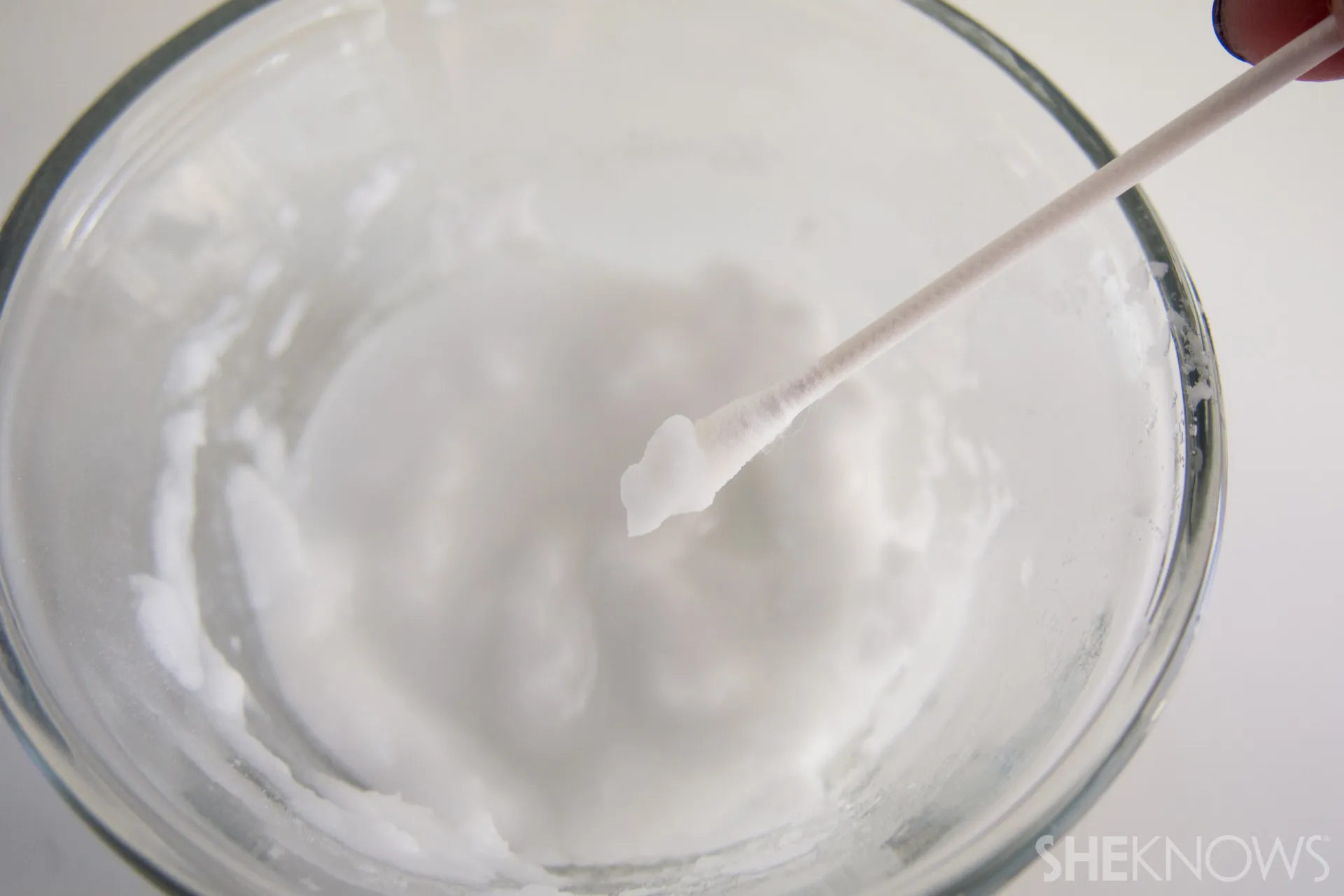What is Baking Soda & Hydrogen Peroxide Teeth Whitening?
Baking soda and hydrogen peroxide teeth whitening is a popular DIY method that claims to brighten your smile. It involves using a mixture of baking soda (sodium bicarbonate), a mild abrasive, and hydrogen peroxide, a bleaching agent, to remove surface stains from teeth. This method is often touted as a cost-effective alternative to professional whitening treatments or over-the-counter products. While the concept seems simple, its effectiveness and safety are subjects of ongoing discussion and research. Many individuals turn to this method hoping for a brighter, whiter smile without the expense of professional procedures. The appeal lies in the accessibility and affordability of the ingredients, readily available in most households.
The Science Behind Teeth Whitening
To understand how baking soda and hydrogen peroxide work, it’s essential to grasp the basics of teeth whitening. Tooth discoloration results from two main factors: intrinsic and extrinsic stains. Extrinsic stains are on the tooth’s surface and are caused by things like coffee, tea, and tobacco. Intrinsic stains are deeper and may be caused by aging, medications, or trauma. Whitening agents work by penetrating the enamel and dentin to break down the stain molecules. Hydrogen peroxide acts as an oxidizing agent, releasing oxygen molecules that react with stain compounds, breaking them into smaller, less visible components. Baking soda assists by gently abrading the tooth surface to remove superficial stains. The effectiveness depends on factors like stain type, concentration of agents, and application frequency.
How Baking Soda Works
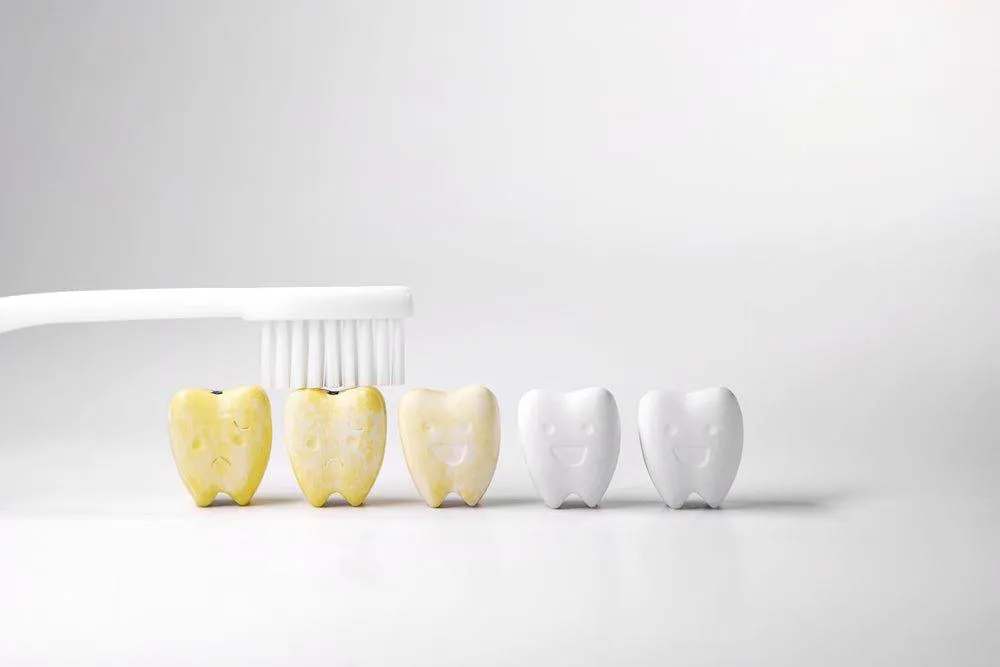
Baking soda acts primarily as a mild abrasive. Its slightly gritty texture helps scrub away surface stains caused by food, drinks, and tobacco. This abrasive action is similar to how toothpaste with a high Relative Dentin Abrasivity (RDA) value works, but baking soda’s abrasiveness is generally considered to be in a moderate range. It helps remove the build-up of plaque and bacteria, contributing to a cleaner feeling in your mouth. Furthermore, baking soda has mild alkaline properties that can help neutralize acids in the mouth, which can be beneficial in preventing enamel erosion. The effectiveness of baking soda is limited to surface stains; it does not alter the intrinsic color of teeth as effectively as bleaching agents.
How Hydrogen Peroxide Works
Hydrogen peroxide is the primary bleaching agent in this DIY method. It works by oxidizing the organic molecules that make up tooth stains. When hydrogen peroxide comes into contact with the tooth surface, it releases oxygen, which penetrates the enamel and breaks down the stain molecules into smaller, colorless particles. The concentration of hydrogen peroxide is crucial; higher concentrations typically lead to faster results but can also increase the risk of sensitivity and gum irritation. The efficiency depends on the level of staining and the length of application. While it is effective for removing some stains, the strength of the bleaching effect is less than professional treatments.
Ingredients You’ll Need
To try this method, you need just a few common items, easily found in most homes or local stores. It is important to use the right ingredients and in the right proportions for your safety and oral health. These ingredients are generally considered safe, but it is always best to consult with a dentist before proceeding, especially if you have sensitive teeth or other dental concerns. Improper use can lead to adverse effects, so care must be taken.
Baking Soda
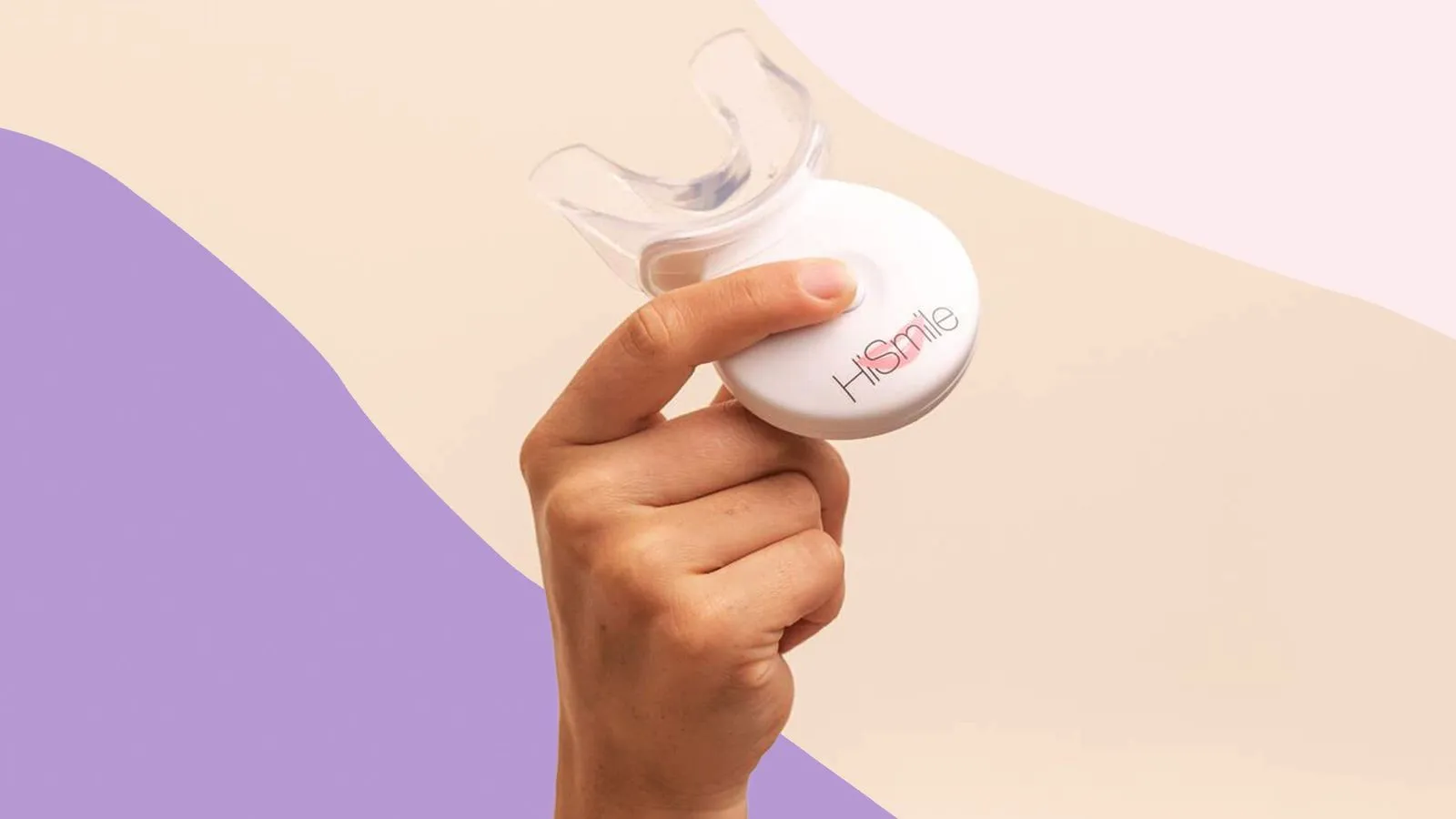
Use plain, unflavored baking soda (sodium bicarbonate). Ensure that it is fresh and stored in a dry place to maintain its effectiveness. Avoid using baking powder, which contains other ingredients and is not suitable for teeth whitening. Check the expiration date to ensure its potency. Baking soda serves as a gentle abrasive, helping to remove surface stains. Using the right grade of baking soda is important; avoid coarse varieties to prevent damage to enamel. Always rinse your mouth thoroughly after use.
Hydrogen Peroxide
Use a 3% hydrogen peroxide solution, which is the concentration typically found in drugstores. Higher concentrations are available but should be avoided due to the increased risk of gum irritation and tooth sensitivity. Make sure the hydrogen peroxide is fresh and properly stored to maintain its effectiveness. Inspect the label for any additives that might be unsuitable for oral use. Always handle hydrogen peroxide with care, as it can cause irritation if it comes into contact with skin or eyes. If the solution has been sitting open for a while, it may have lost some of its strength; therefore, it is always a good idea to use a fresh bottle.
Water
Use clean, room-temperature water to mix the paste. Distilled or filtered water is ideal to avoid any impurities that may be in tap water. The amount of water needed will vary depending on the desired consistency of the paste. The water should be free from any contaminants that could react with the hydrogen peroxide and baking soda. Proper hydration also supports oral health. Make sure your water is safe and suitable for consumption.
How to Prepare the Whitening Paste

Preparing the paste is a simple process, but it’s crucial to get the ratios right to achieve the best results while minimizing risks. Following these steps helps ensure you create an effective, safe mixture. Accurate measurements prevent potential damage to your teeth and gums. Always use fresh ingredients and follow the steps for best results.
Step 1 Mixing the Paste
In a small bowl, combine one teaspoon of baking soda with enough hydrogen peroxide to form a paste. Start with a small amount of hydrogen peroxide and add more until you reach the desired consistency. The paste should be thick enough to stick to your teeth without being too runny. Avoid adding too much hydrogen peroxide to prevent irritation. The mixture should be used immediately after preparation to maintain its effectiveness. If it starts to dry out, add a few more drops of hydrogen peroxide to reconstitute it.
Step 2 Application
Apply the paste to your teeth with a soft-bristled toothbrush. Ensure all surfaces of your teeth are covered. Avoid brushing too aggressively, as this can damage the enamel. Gently brush for no more than two minutes. Prolonged brushing can increase the risk of abrasion. After brushing, let the paste sit on your teeth for an additional minute or so, but do not exceed this time, as it could increase sensitivity. Make sure to be thorough, covering all visible tooth surfaces. Rinse your mouth well after brushing.
Step 3 Rinsing
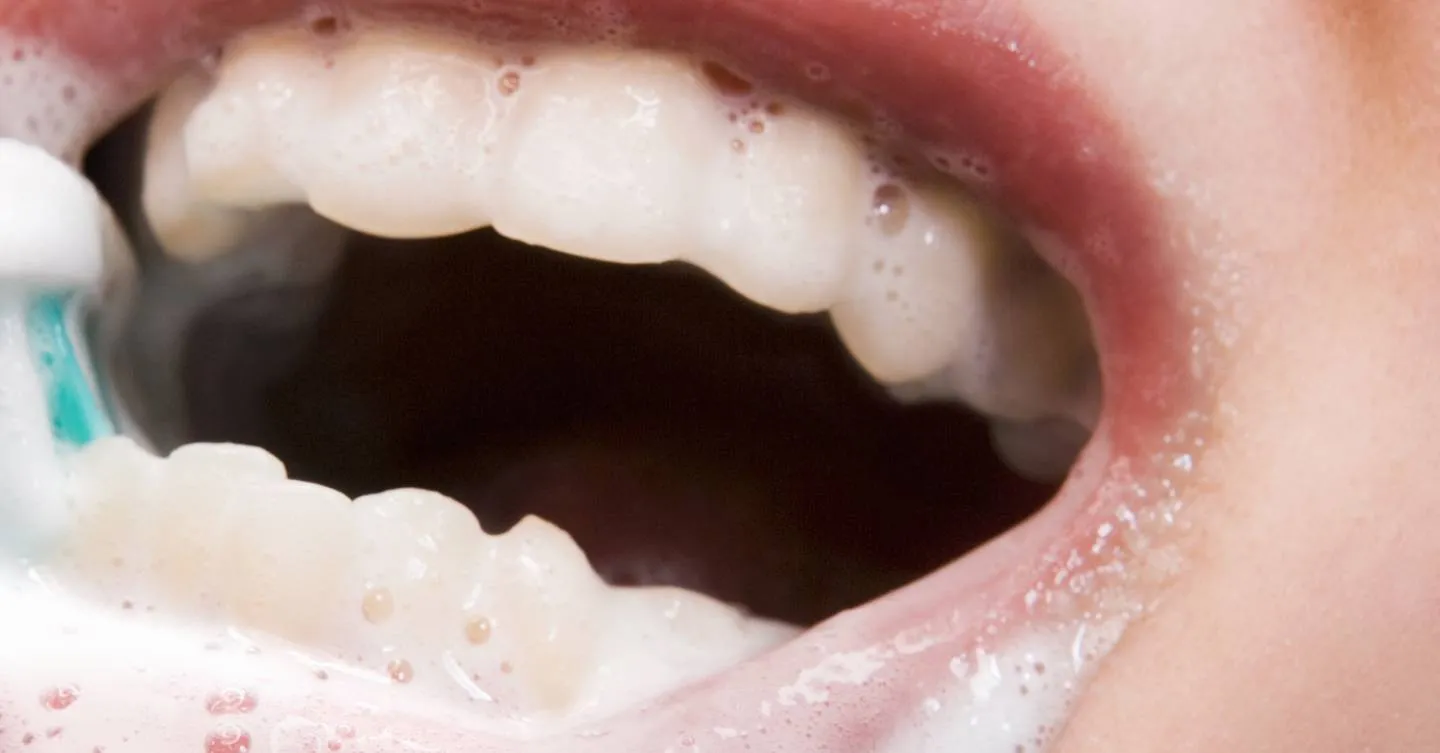
Thoroughly rinse your mouth with water to remove all traces of the paste. Make sure you spit out the rinse; do not swallow any of the mixture. Rinsing removes any residual baking soda and hydrogen peroxide, preventing them from further contact with your teeth. After rinsing, check for any lingering paste and re-rinse if necessary. A clean mouth helps prevent sensitivity and reduces the risk of irritation.
Step 4 Aftercare
After whitening, gently brush your teeth with regular fluoride toothpaste. This will help remineralize your enamel and reduce the risk of sensitivity. Avoid eating or drinking anything that can stain your teeth, such as coffee, tea, or dark-colored juices, for at least an hour after the treatment. Follow your regular oral hygiene routine, including flossing and regular dental checkups. Maintain a healthy diet and lifestyle to keep your teeth looking their best.
Tips for Safe and Effective Whitening
To ensure safe and effective teeth whitening with baking soda and hydrogen peroxide, it’s important to follow specific guidelines. These tips will help minimize risks while maximizing the potential benefits. Always consult with a dentist before starting any new whitening routine, particularly if you have sensitive teeth or any existing dental issues. This consultation will provide personalized advice and help you avoid potential problems.
Dosage
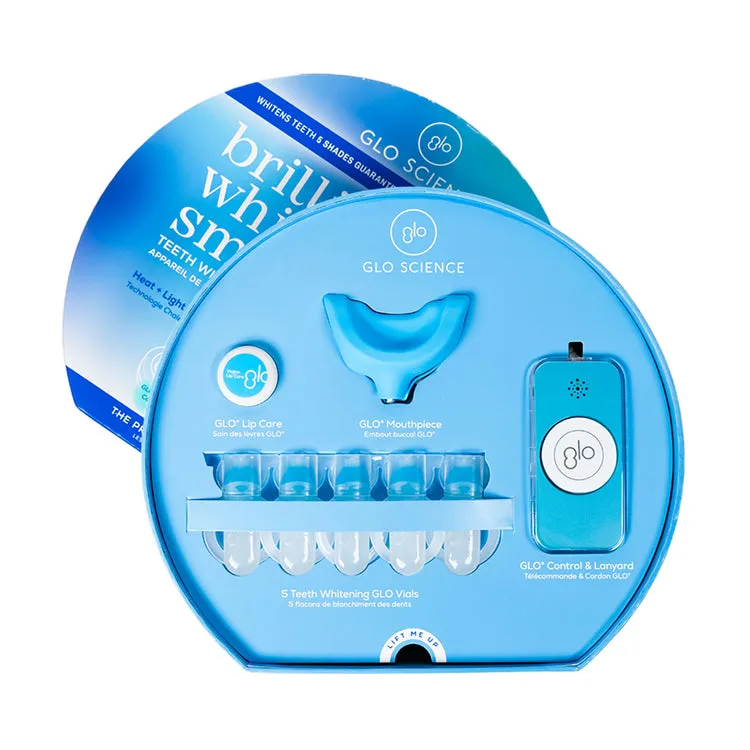
Use a small amount of baking soda and hydrogen peroxide. A 11 ratio is sufficient, avoiding excess paste that could increase the risk of enamel damage or gum irritation. The amount you use should be enough to cover all tooth surfaces gently. Excessive amounts are not more effective and can be harmful. Stick to the recommended ratios to maintain your oral health.
Frequency
Limit the use of this treatment to once or twice a week. Frequent use can erode enamel and increase tooth sensitivity. Give your teeth time to recover between treatments. Overuse can lead to long-term damage. If you experience any sensitivity, reduce the frequency or discontinue use entirely. Adjust based on your teeth’s reaction to the treatment.
Potential Side Effects
While baking soda and hydrogen peroxide teeth whitening can be effective, it comes with potential side effects. Being aware of these risks is essential for making informed decisions. If you experience any adverse reactions, consult your dentist immediately. These side effects, though generally mild, warrant attention. The best strategy is to know these risks and manage them properly.
Sensitivity

Increased tooth sensitivity is one of the most common side effects. The abrasive nature of baking soda and the bleaching action of hydrogen peroxide can make teeth more sensitive to temperature and pressure. If you experience sensitivity, reduce the frequency of treatments or discontinue use. Use a toothpaste designed for sensitive teeth. Consult your dentist for advice on managing sensitivity. Sensitivity should be taken seriously, as it can be a sign of enamel erosion.
Gum Irritation
Hydrogen peroxide can irritate the gums, causing redness, swelling, and discomfort. If you notice any irritation, stop the treatment immediately. Avoid getting the paste on your gums during application. Rinse your mouth thoroughly after brushing. Use a soft-bristled toothbrush to avoid further irritation. Consult your dentist if irritation persists. This irritation can lead to more serious problems, so always monitor your gums.
Alternatives to Baking Soda & Hydrogen Peroxide
If you are looking for alternative methods to whiten your teeth, various options are available. These alternatives offer different levels of effectiveness and potential risks. Understanding the options allows you to choose the best method for your needs and preferences. Always consult with your dentist before trying any new whitening product or procedure. The choice depends on your oral health goals and sensitivity level.
Professional Teeth Whitening
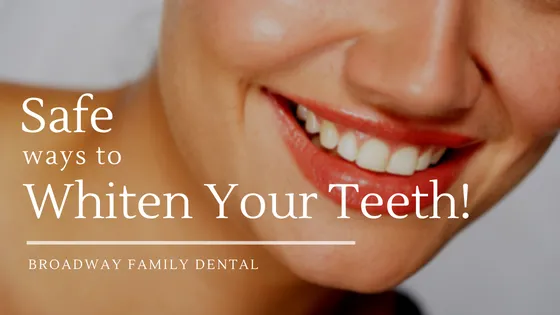
Professional teeth whitening, performed by a dentist, is the most effective option. It uses higher concentrations of bleaching agents and can provide dramatic results in a single visit. Dentists can also monitor your teeth and gums, minimizing the risk of side effects. Procedures include in-office whitening, where the whitening agent is applied directly to your teeth. Another option is custom-fitted trays that you use at home, prescribed by your dentist. While professional whitening is more expensive, it is safer and delivers superior results.
Over-the-Counter Whitening Products
Over-the-counter whitening products include toothpaste, strips, and gels. These products are less potent than professional treatments but can still provide some whitening effect. Whitening toothpastes use mild abrasives to remove surface stains. Whitening strips and gels contain lower concentrations of hydrogen peroxide or other bleaching agents. Always follow product instructions and be aware that these products may not be as effective for intrinsic stains. Results vary depending on the product and the type of staining. Consider your budget and desired level of whitening.
Conclusion
Baking soda and hydrogen peroxide teeth whitening can be a cost-effective DIY method, but it’s essential to approach it with caution. While it can help remove surface stains, it comes with potential risks, including sensitivity and gum irritation. Always prioritize your oral health by consulting your dentist before starting any new whitening treatment. Consider alternative methods like professional whitening or over-the-counter products if you desire more dramatic or safer results. By being informed and cautious, you can make the best choices for a brighter and healthier smile.
